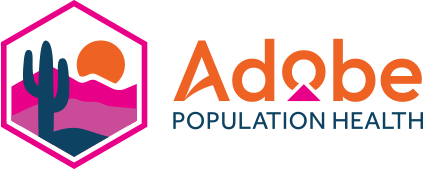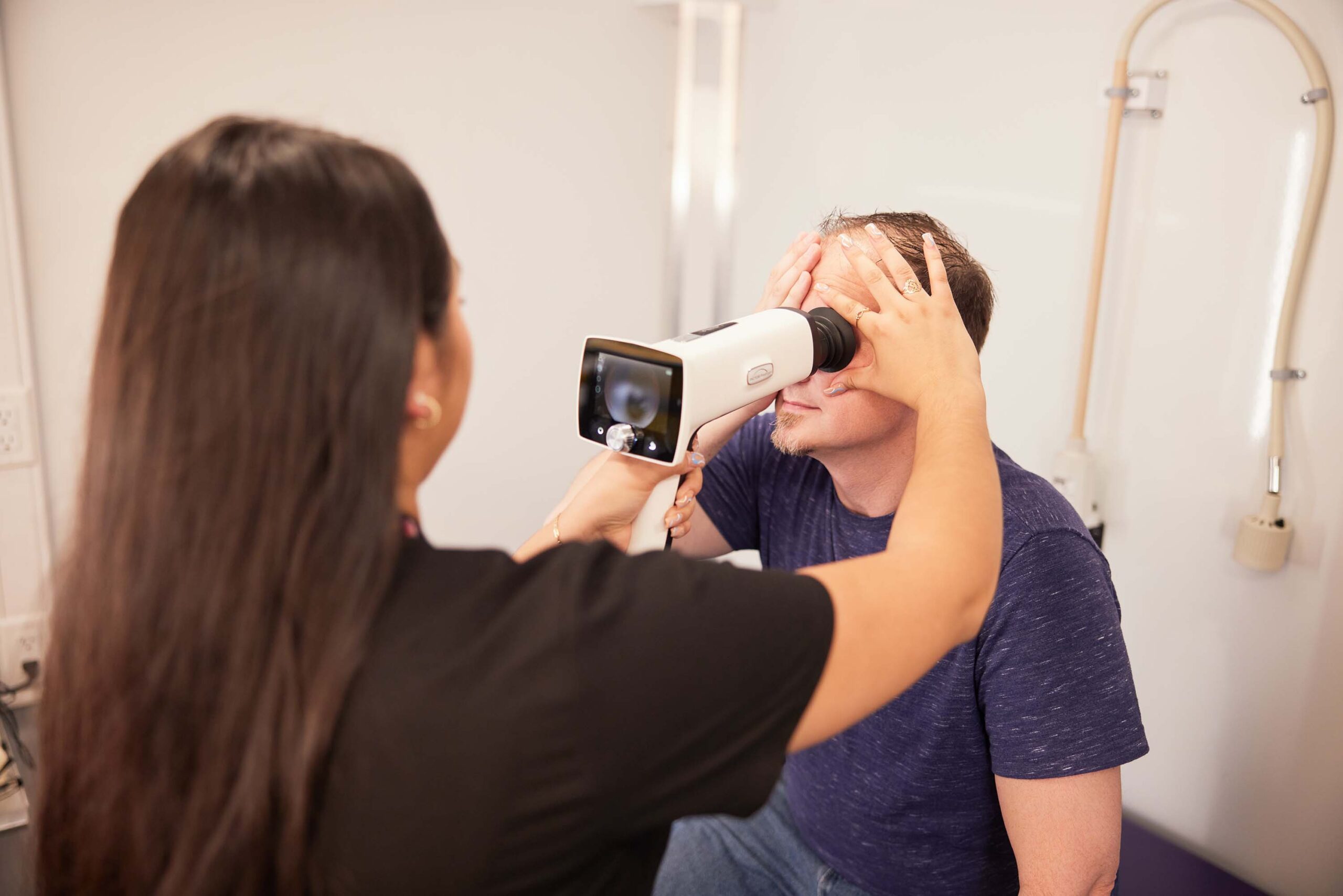May is Healthy Vision Month, a time to highlight the importance of protecting eyesight. For people living with diabetes, regular eye exams do more than assess vision. They provide a critical checkpoint for preventing permanent loss. These exams are often skipped, not because of neglect, but because the system makes them hard to reach.
A diabetic eye exam goes beyond a vision chart. It examines the retina for early signs of diabetic retinopathy, glaucoma, cataracts, and macular edema. These conditions do not announce themselves. There is no pain. No sudden blur. Vision often remains clear until the damage is already advanced. The CDC reports that early detection through routine screening reduces the risk of severe vision loss by ninety-five percent. That level of prevention starts with access, not awareness.
The Link Between Diabetes and Vision Health
According to the National Institute of Diabetes and Digestive and Kidney Diseases, nearly half of all people with diabetes develop diabetic retinopathy. Many never receive that diagnosis until their vision starts to change. The issue is not neglect. It is access. Screening requires time off work, a provider who accepts their insurance, and a way to get there. People are unsure what the exam involves, so they put it off, resulting in a delay, which turns into damage.
Meeting Patients Where They Are: Health Fairs and On-Site Exams
Community health events remove common barriers. Patients do not need referrals, transportation, or time off work. They show up, get screened, and leave with answers. This kind of access makes care feel possible again.
Adobe Population Health proudly supports health fairs that bring screenings into communities where basic services have been unreliable or out of reach. These events often reach people who have gone years without an eye exam. For many, it is the first time a provider has ever explained what diabetic eye health is.
Addressing the Role of Social Determinants of Health
Vision loss hits hardest where access stays lowest. People juggling rent, caregiving, or unreliable transportation don’t ignore their health. They get boxed out of the system. In the communities hit hardest by diabetes, care often disappears. Clinics close or cut hours. Providers are stretched thin or stop taking new patients. Patients stop asking. Outreach events interrupt that pattern. They show up, offering care without extra steps, and for some patients, that creates a way back into the system.
A Clearer Future Starts with Access
Diabetic eye exams prevent avoidable blindness. They take minutes, cost less than a missed diagnosis, reduce long-term damage, and shift care from reactive to proactive. That is the value. That is the outcome. Awareness is not enough. If care remains out of reach, nothing changes. Payors and providers investing in screening programs reduce vision loss, support chronic disease management, and strengthen trust with their communities.
Visit Adobe’s health fair calendar to find out where these screenings are already happening.

